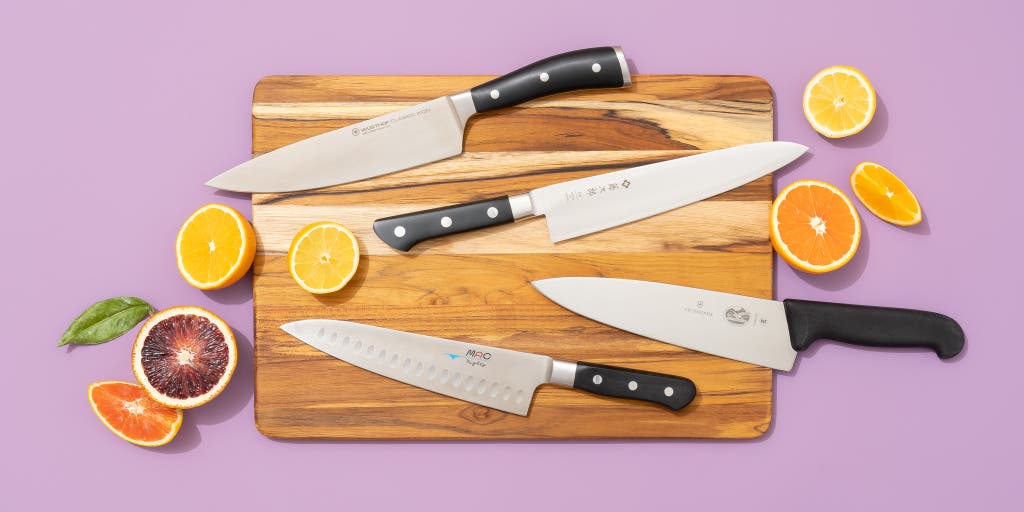Sharpening a Nakiri knife might seem challenging, but with the right technique, it becomes an easy and rewarding task. If you’re a kitchen enthusiast who values precision in your cuts, mastering the art of sharpening your Nakiri knife is essential. In this guide, we provide a step-by-step approach to ensure your Nakiri knife is always at its best.

Understanding the Nakiri Knife
The Nakiri knife is a traditional Japanese vegetable knife. Unlike western knives, the Nakiri features a straight edge, making it perfect for precise and clean cuts. To keep this knife in optimum condition, its essential to know how to sharpen it correctly.

Why Sharpening is Important
Sharp knives are not only safer but also improve your cooking experience. Dull knives require more force to cut, increasing the risk of slipping and causing injuries. Additionally, a sharp knife provides cleaner cuts, which is especially important when dealing with delicate vegetables.

Tools Required for Sharpening
Whetstone
A whetstone is an essential tool for sharpening a Nakiri knife. These stones come in different grits, typically ranging from coarse to fine. It is recommended to have a variety of grits to achieve the best sharpening results.
Honing Rod
A honing rod helps maintain the sharpness of your knife between sharpening sessions. It realigns the blade’s edge without removing material.
Sharpening Guide
A sharpening guide can aid in maintaining the correct angle while sharpening, ensuring consistency.

Step-by-Step Sharpening Guide
Step 1: Soak the Whetstone
Begin by soaking your whetstone in water for about 10-15 minutes. This helps in achieving a smooth sharpening process.
Step 2: Positioning the Knife
Place your Nakiri knife at a 15-20 degree angle against the whetstone. This angle is ideal for maintaining a sharp edge without removing too much material.
Step 3: Sharpening the Blade
Using a smooth, even motion, slide the blade across the whetstone. Start from the heel of the blade and move towards the tip, ensuring even pressure. Repeat this step multiple times on each side of the blade.
Step 4: Honing the Edge
After sharpening, use a honing rod to realign the blades edge. Hold the knife at a consistent angle and gently slide it along the rod.
Step 5: Testing the Sharpness
Test the sharpness by slicing through a piece of paper or a tomato. A sharp Nakiri knife should make clean cuts effortlessly.
Maintaining Your Nakiri Knife
Regular Honing
Regular honing helps maintain the knife’s sharpness. Make it a habit to hone your knife before each use.
Proper Storage
Store your Nakiri knife in a knife block or on a magnetic strip to protect the blade.
Frequent Use
Using your knife frequently prevents it from becoming dull quickly. However, always ensure you use a proper cutting board.
Common Mistakes to Avoid
When sharpening, avoid applying too much pressure as this can damage the blade. Additionally, not maintaining a consistent angle can lead to an uneven edge.
Choosing the Right Whetstone
Selecting the right whetstone is critical. A medium grit (1000-3000) is ideal for regular sharpening, while a fine grit (4000-8000) is better for finishing the edge.
Honing vs. Sharpening
Honing and sharpening are often confused, but they serve different purposes. Honing realigns the blades edge, while sharpening removes material to create a new edge.
FAQs
1. How often should I sharpen my Nakiri knife?
It’s recommended to sharpen your Nakiri knife every 3-4 months, depending on usage.
2. Can I use an electric sharpener?
While electric sharpeners are convenient, they may not provide the precision needed for a Nakiri knife. Manual sharpening with a whetstone is preferred.
3. Is a Burr formed necessary for sharpening?
Yes, forming a burr indicates that the edge has been sharpened properly. Once a burr is formed, it can be polished off during the honing process.
As an Amazon Associate, I earn from qualifying purchases.
Recommended Readings
For more details on different types and uses of knives, you can refer to this Wikipedia article.


